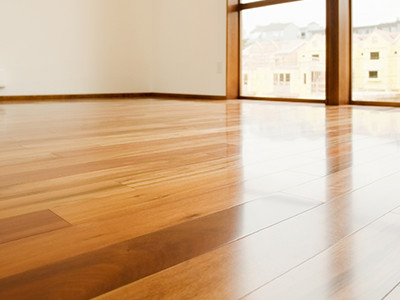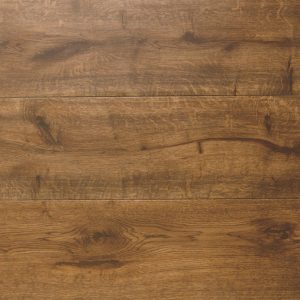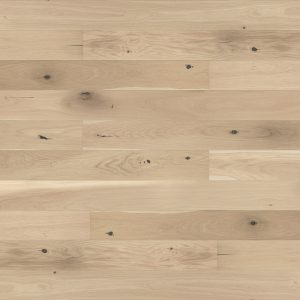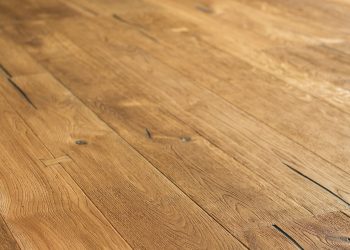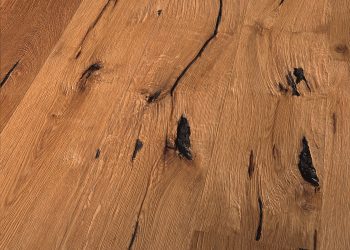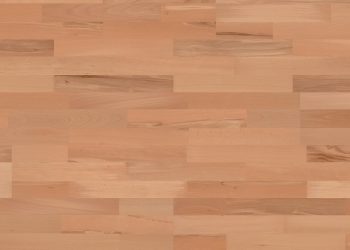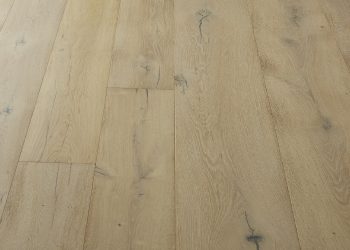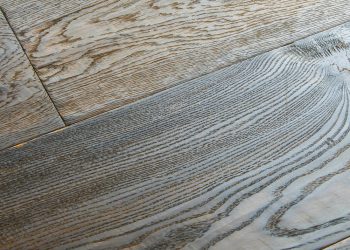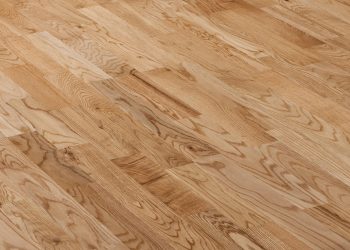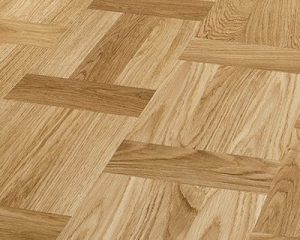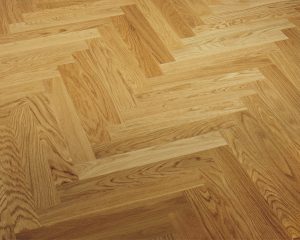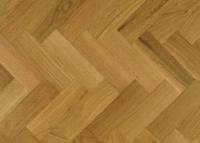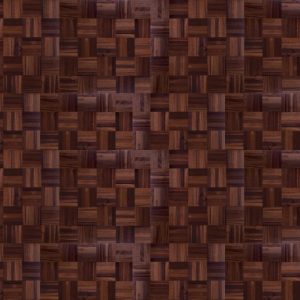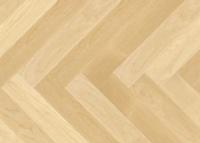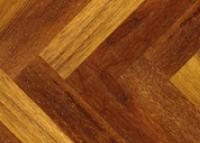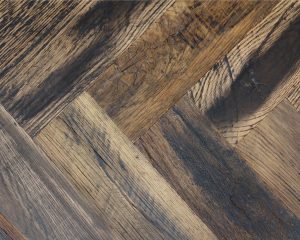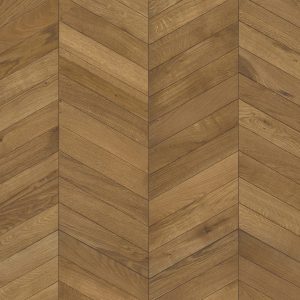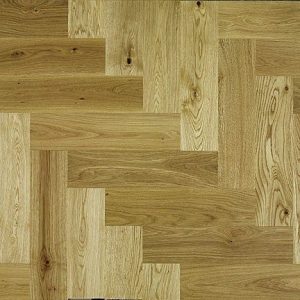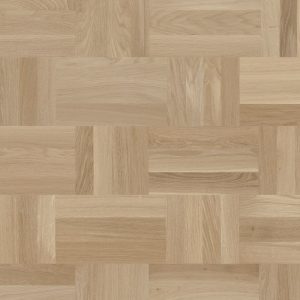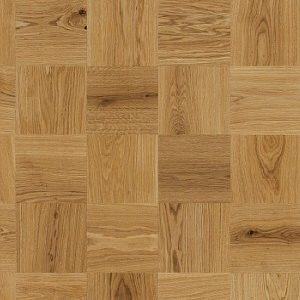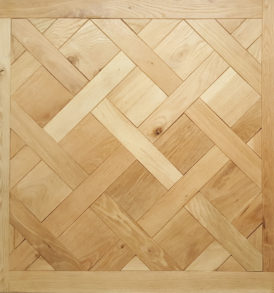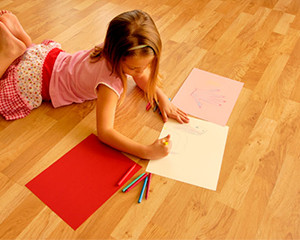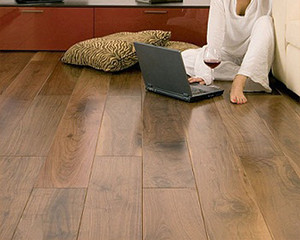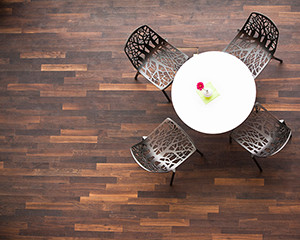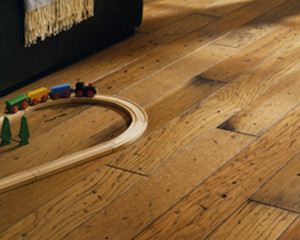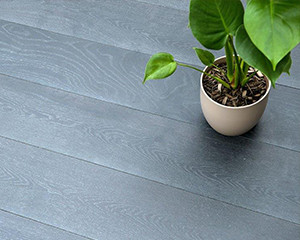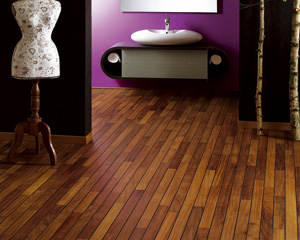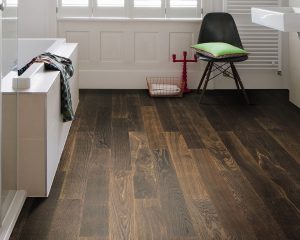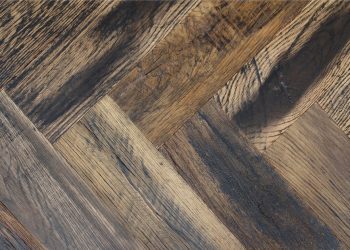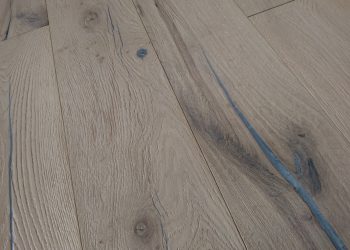Once fitted into a property, an engineered wooden floor can be hard to distinguish from a solid wood floor and has many benefits. Initially, engineered wooden floors were developed for use on the ground floors of homes and offices where it would be usually installed over a solid piece of concrete. As the technology improved, the use of engineered wooden floors has spread to every room including kitchens and bathrooms.
Wide plank Engineered wood Floors and solid wood floors are altogether two different things with most of the benefits now firmly in the court of the engineered – especially when it comes to cost. Wood floors are a great upgrade to any property. A well-made and effectively fitted engineered wood floor will improve character, warmth and generally add value to your property’s interior.
By using a real wood surface bonded to an extremely stable base layer it has been possible to create almost any type of engineered hardwood floor. Now, this makes it possible for a vast array of hardwood floors that are available in much longer lengths and widths.
HISTORIC VALUES
If you’ve ever visited an old historic house you may have noticed that the planks used for the floors were considerably larger than the ones that we tend to see today. The reason for this is simple. Hundreds of years ago the trees being harvested for wood were allowed to grow much larger than they are today. Some of these trees would have been well over 100 years old before being felled. Today, it isn’t economically viable to wait that long as most of a tree’s growth takes place during the early part of its lifecycle.
INTERIOR DESIGN
Wide sections of wood are more difficult to source but have a huge impact on the styling of a room. With less visible joins between the boards they offer a balanced and smooth flowing vista that is pleasant on the eye – particularly if you’re trying to make a room appear more spacious. Wide boards are perfect for period restorations as they match the type of flooring that would have been appropriate for that era.
Wide and long planks are not only for restorations. There is a growing trend amongst designers to specify wider floor boards to ensure a subtle yet inspiring feel to an interior. The combination of rich wood tones with minimalist installation is believed to bring a sense of calm and purity to a living space. A good rule of design is that wide planks should also be long where possible to ensure a sense of balance and perspective. Another good tip is not to hide the scale of these planks with rugs or clutter as this will hide the best features of the floor.
Wide plank Engineered floors should be selected with care and with careful thought about the room in which it will be used. Once installed, particularly in a modern home, it can have an overly grand appearance if the room is not large enough to balance the scale of the planks. If rooms are slightly smaller, then it is best to follow the Swedish style and use lighter shades with a smoother and more uniform grain to create a more contemporary look and feel.
WIDTHS AND LENGTHS
In general, a plank is defined as wide when its width exceeds 200mm (7.87 inches). To qualify as extra-wide the planks needs to be more than 220mm (8.6 inches) wide. Maples & Birch can provide plank widths up to 395mm ( 15.5 inches) in width with a wide range of boards in the 240mm range. Long-length planks are generally considered to be up to 2 metres with extra-long planks ranging from 2.0 metres to 4.0 metres in length.

A number of our ranges, such as French Barn NaturalOak , are available in multi-width formats including 150mm, 180mm and 240mm Engineered with 4v Bevel and 4mm wear layer available in long lengths.
Maples & Birch can provide even wider widths in 300mm. 350mm and 395mm engineered Oak hardwood planks that come in an extraordinary length of up to 4000mm long.
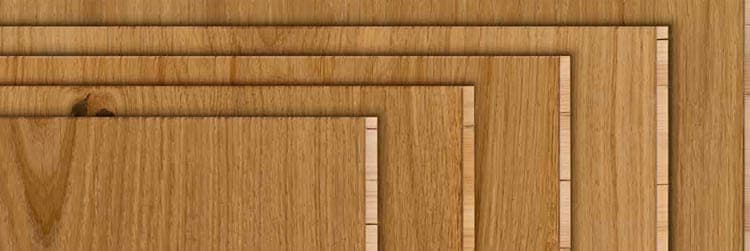
It’s important to note that ideal wide plank flooring widths can vary somewhat depending on the species of tree being used. Oak is the easiest species to produce in wide planks and which 240mm (9.5inches) being the most popular. Colonial and baronial era widths could reach up to twice this size but are rarely if ever available now for commercial flooring.
LONGEVITY
Wide engineered wood floors will last from 20 to 100 years, dependent upon the thickness of the surface layer. The best engineered wood floors that you can purchase will keep going as long as you would expect from quality hardwood flooring. Boards with wider and longer lengths decrease the number of seams visible in the fitted floor. Floors of this kind created rooms that project an atmosphere of stunning understated elegance and simplicity.
Wide plank floors from Maples and Birch can be supplied in a wide variety of textures and finishes. Installing flooring is a specific skill and it is always best to work with professional installers for the fitting process to ensure the highest standards. Visit our catalogue pages to see the full range available or for more information and a free consultation please contact the Sales Team at 0333 533 3330

